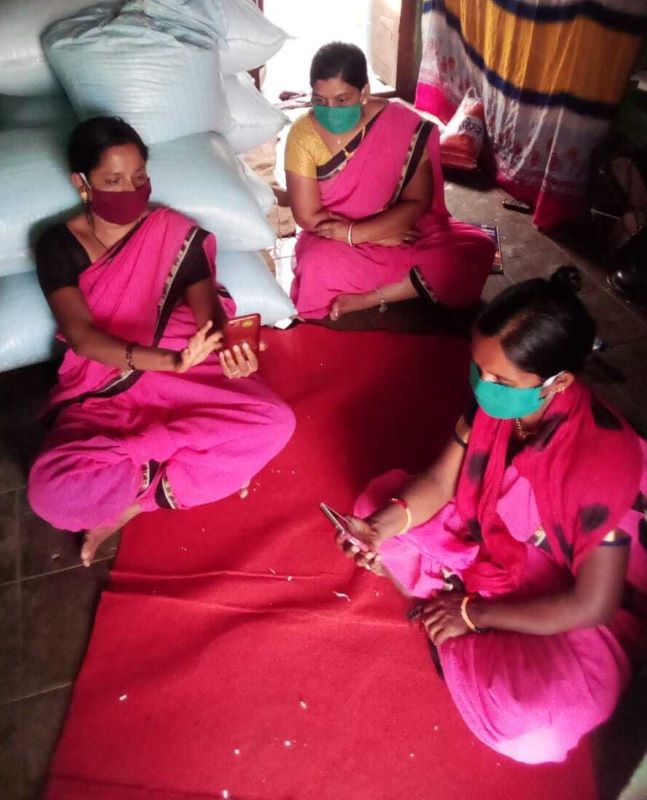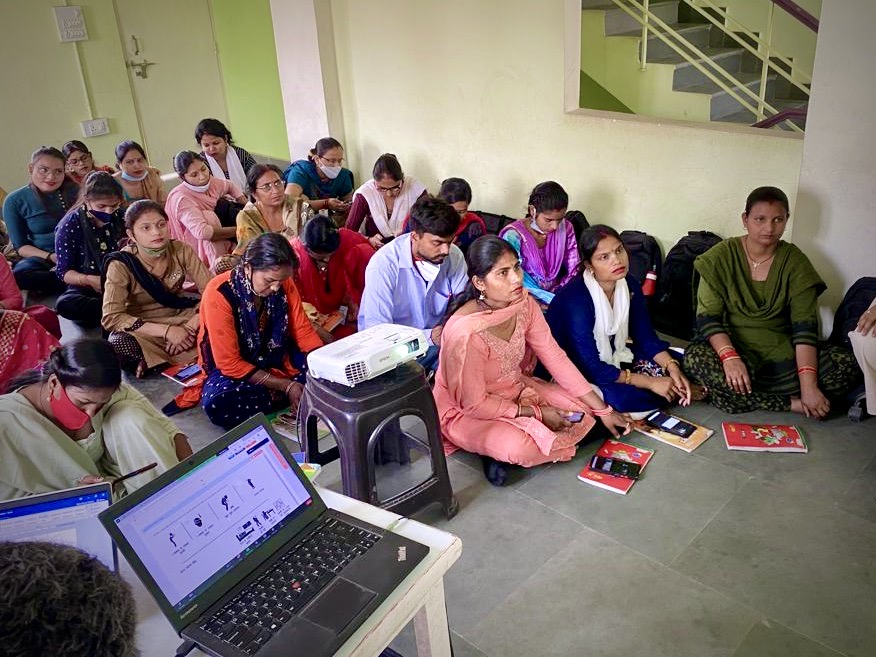Addressing tuberculosis is especially difficult in a country with more than 2 million cases annually, dense population clusters and widespread health inequity. The Indian government’s goal of eliminating tuberculosis requires more health care providers than ever before to be trained in tuberculosis diagnosis, referral, and treatment, which would take immense resources relying on solely in-person training travel costs and resources.
In order to begin to meaningfully decrease tuberculosis, ECHO India and India’s Ministry of Health and Family Welfare have partnered to use the ECHO Model’s case presentations, communities of practice, and telementoring expertise to train thousands of health care providers across the country to provide full treatment to patients.
Expanding to Meet the Need
ECHO India is a nonprofit trust established in 2008 in partnership with Project ECHO, using the ECHO Model to reach all corners of the world’s most populous country. After successfully launching an ECHO program treating hepatitis C in 22 district hospitals and two medical colleges in the state of Punjab, ECHO India leveraged their existing infrastructure and relationships with hospitals to test out a pilot for something new: countrywide tuberculosis training. When a preliminary tuberculosis program showed treatment times were reduced by two weeks, ECHO India received funding* to expand its tuberculosis programs from five Hubs in 2018 to 40 Hubs by early 2020.
By 2023, 29,000 health care providers have been trained and mentored on best practices for complex diagnosis, treatment, and referral. Across all 36 states, ECHO India is reaching more rural providers, female providers, and providers from different facets of the health care system.
“India’s widespread tuberculosis ECHO network grew out of other programs. People, especially in rural areas, are really excited to have a place to discuss clinical questions with experts. Traditionally, providers have to rely on their prior in-person training only,” says Babu Ramachandran, project manager for tuberculosis at ECHO India.

Community health workers in India, known as ASHAs, participate in a tuberculosis ECHO program. Photo Credit: Photographer Not Known; 2021.
Unique Challenges, Specialized Support
“The ECHO Model’s impact goes far beyond physicians. The deeper problem with tuberculosis in India is that it is a lot of work to track cases and potential contacts. People travel, they do not have access to care always, they get too busy for treatment. All of those things can cause people to not complete their treatment. With ECHO, we are able to train field staff on their smaller day-to-day challenges of helping people access and complete treatment, which is what we need to do at scale to really make a difference,” says Dr. Sumalata Chittiboyina, a tuberculosis epidemiologist with more than 20 years of experience working in the southern capital city of Hyderabad.
One of those challenging cases was an 11-year-old girl who had developed a type of tuberculosis that did not respond to the typical medications.
“Pediatric cases, especially those with drug resistance, are difficult to treat because the amount and timing of medication is so different than with adults,” says Dr. Chittiboyina. “Together on our ECHO sessions, we worked to find a treatment that worked for her, and to make sure she could fully complete treatment, since that is what had caused her drug resistance.”
Applying the ECHO Model to decrease India’s rate of tuberculosis demonstrates the strengths of the ECHO movement: collaboration between local and global experts, adapting virtual communities of practice to meet dynamic local resources and contexts, and establishing solutions that create health equity for the long-term.
To learn more about ECHO India and its health care initiatives, visit the webpage.
*Funding provided by the Centers for Disease Control and Prevention and PATH, a nonprofit focused on global research.
Featured Image Credit: Photographer Not Known; 2021.


